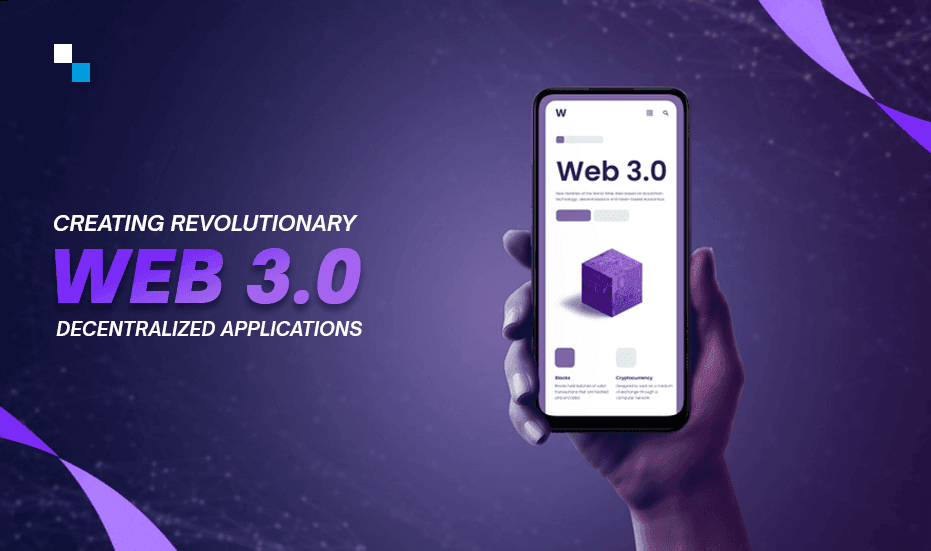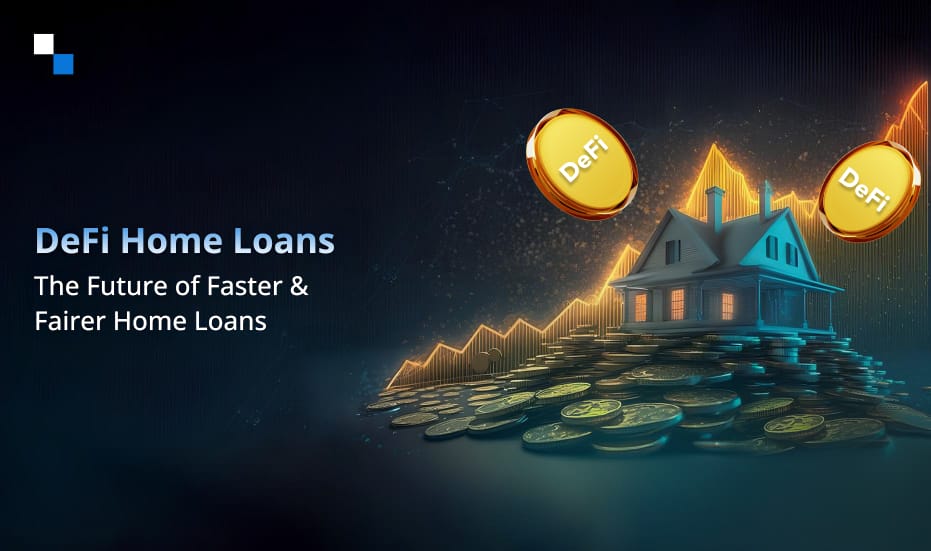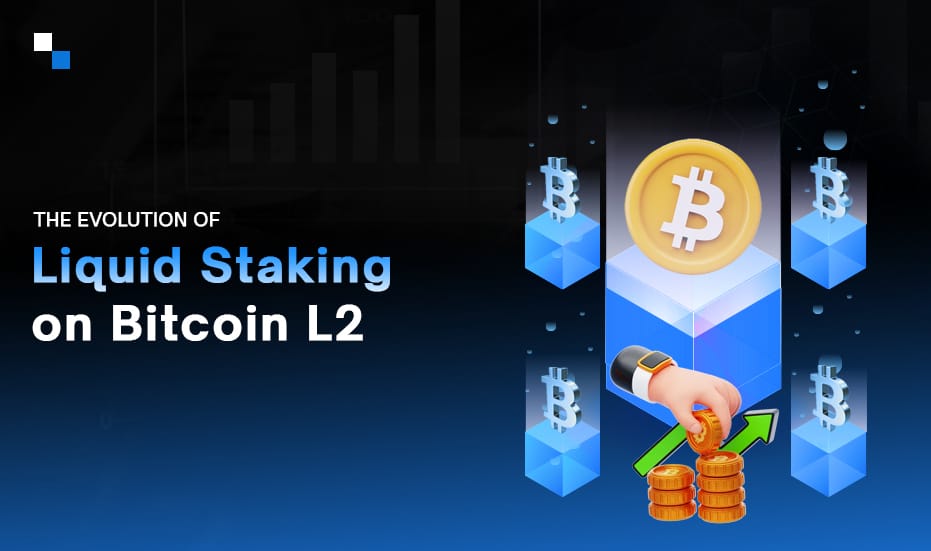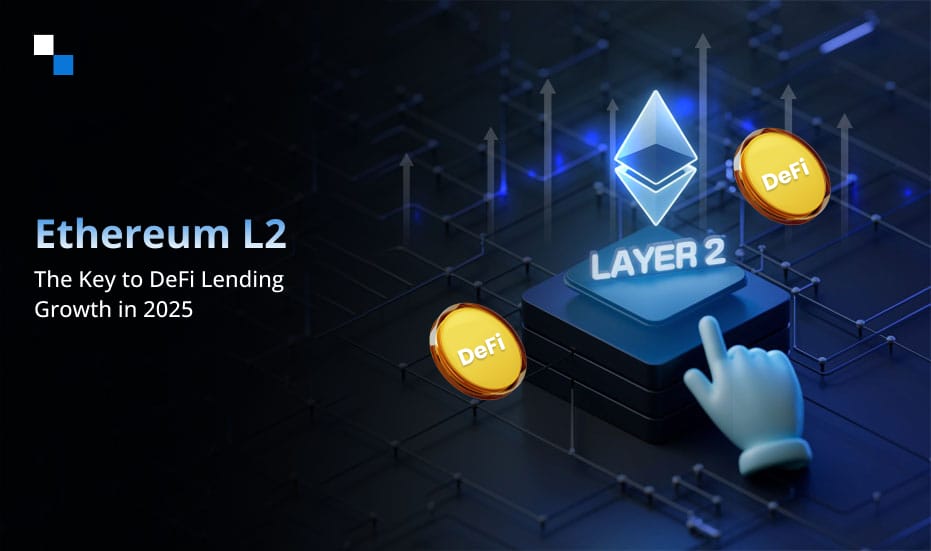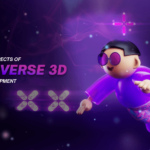
Looking At The Virtual Future With Metaverse 3D Space Development
September 6, 2022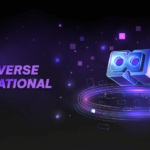
Start Your Metaverse Virtual Learning Platform: Let Your Students Meet You In A 3D World
September 7, 2022We are at the tipping point of a new phase in the web’s evolution. This will be a new type of internet that will be able to accurately interpret the user input whether it is in the form of voice, text, or any other type of media. In simple words, Web 3.0 will interconnect data in a decentralized way and Web 3.0 decentralized applications will be an integral part of its evolution.
What is Web 3.0?
Web 3.0 is a futuristic version of the internet that runs on a public blockchain and that’s what makes it decentralized and permissionless. Rather than users accessing the internet in Web 2.0 through centralized service providers, in Web 3.0, users will own and govern the internet.
DeFi development is a big component of Web 3.0 that is gaining a lot of steam at present. That’s because DeFi apps mirror real-world financial transactions on the blockchain without any intervention by a centralized authority. Financial transactions like borrowing, lending, trading, selling, saving, mortgaging, etc., are performed on DeFi Apps instead of in-person transactions or regular internet networks.
How can a brand get itself ready for the Web3.0 revolution?
Gradually, businesses are moving from Web2.0 to Web3.0 because they see and understand the great value of decentralized, permissionless internet.
Some of the approaches that enterprises are following are:
-
- Native asset issuance
When it comes to Web 3.0, cryptocurrencies are frequently mentioned. These cryptocurrencies are basically native assets that support the operations of a blockchain network and are provided as incentives to the miners that ensure network security and uptime. Many enterprises like Amazon are already planning to launch their native assets in 2022.
Develop your own Web 3.0 decentralized application
Schedule Free Demo-
- Network to hold the native asset
Many enterprises are building their private blockchain networks to hold native assets. On top of their private blockchains, a lot of DeFi Development is happening. These dApps are replacing the centralized apps used by enterprises to move to a secure and trustless Web 3.0
-
- Payment tokens
Enterprises are developing native assets as governance and payment tokens. While the governance tokens are used to vote for any changes in the network, payment tokens are used in the enterprise marketplaces as currency.
-
- Token burns
In the Web 3.0 decentralized applications, enterprises are also implementing token buybacks or what is most commonly known as token burns. These token burns result in a supply decrease and price increase which is favorable for both users and enterprises.
-
- Technology Used in Web 3.0 DeFi Development
Blockchain is an integral part of a DeFi platform. Ethereum is the most popular blockchain network used for DeFi development. That said, a few other networks offer similar technology, services, and uses to build a trustworthy DeFi platform. Polygon, Hyperledger Sawtooth, EOS, and HyperLedger Fabric are other networks you can use.
The front-end programming for Web 3.0 is the same as Web 2.0. The same programming languages, like JavaScript, HTML, CSS, etc., are used to create the user interface. The role of Web3 technology, the DeFi Dapp in the JavaScript library, is where the front end connects with the blockchain.
Computers use nodes to connect to the blockchain and run the applications. Web3 technology removes the need for intermediaries by directly connecting businesses with computers.
Smart contracts are another important part of DeFi dApp development. Smart contracts automate the process when the conditions are met (they are lines of code written to execute commands for the given conditions/ input). Smart contracts maintain a record of the transactions for future reference.
EVM or Ethereum Virtual Machine is another technology required for Web 3.0 DeFi development. This is the technology that automates smart contracts and executes them. EVM technology is also used to update the transaction information on the blockchain. Despite being Ethereum-based, the technology can run on several blockchains.
Other Applications of DeFi Dapp Development
-
- Gaming
dApp development in the gaming industry creates the virtual worlds where the games are set. It may seem similar to mobile gaming applications but actually allow users/ players to use actual collectibles and tokens in the game.
-
- Music NFTs and Artwork
Dapps are used to create new technology, NFTs, tokens, games, artwork, and collectibles. Dapps provide content creators a chance to make money from their creations. Artwork, music tracks, album covers, styles, etc., can be created, digitalized, and sold through NFTs using Dapps.
Advantages of Web 3.0 DeFi Development
- Prevention of monopoly by only a handful of companies
- Users have control over how data can be used
- No need for third-party authorization of blockchain transactions
- Interoperability (the ease of accessing multiple applications from a single platform)
- Wider access to the DeFi platform (no restrictions based on demographics, gender, location, etc.)
Conclusion
Antier provides customizable DeFi dApp development services with customer-centric solutions and affordable pricing. DeFi Dapps are the way to provide secure, hassle-free, and globally accessible platforms to users from around the world. DeFi will streamline and simplify the banking and finance industry to make it more user-friendly and trustworthy.
